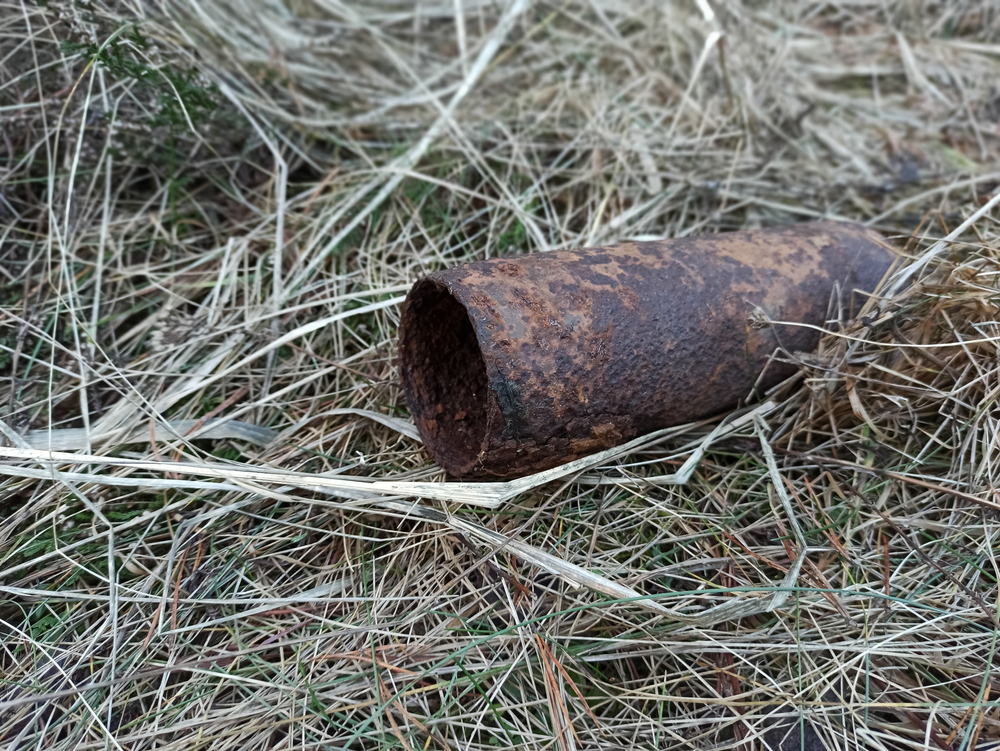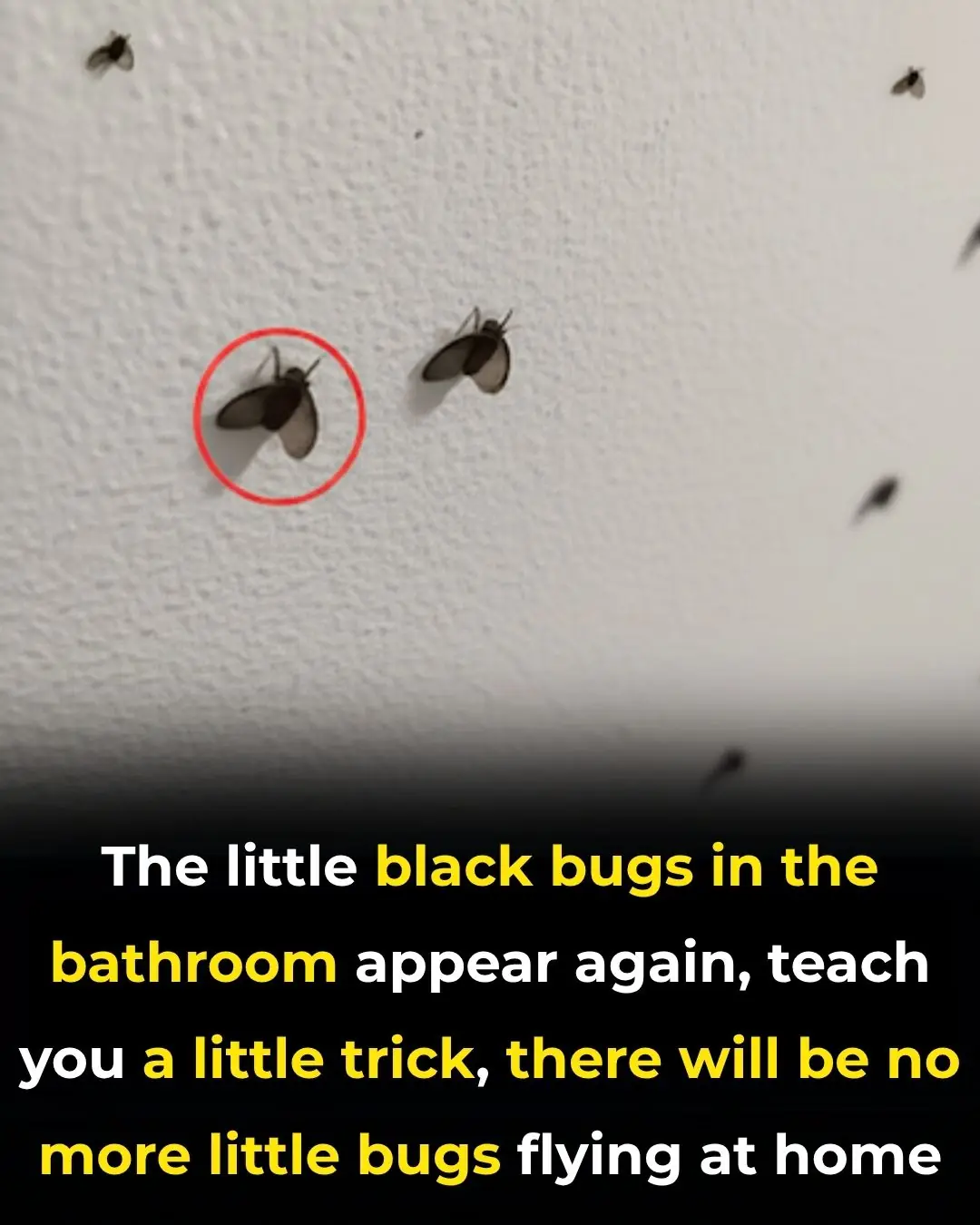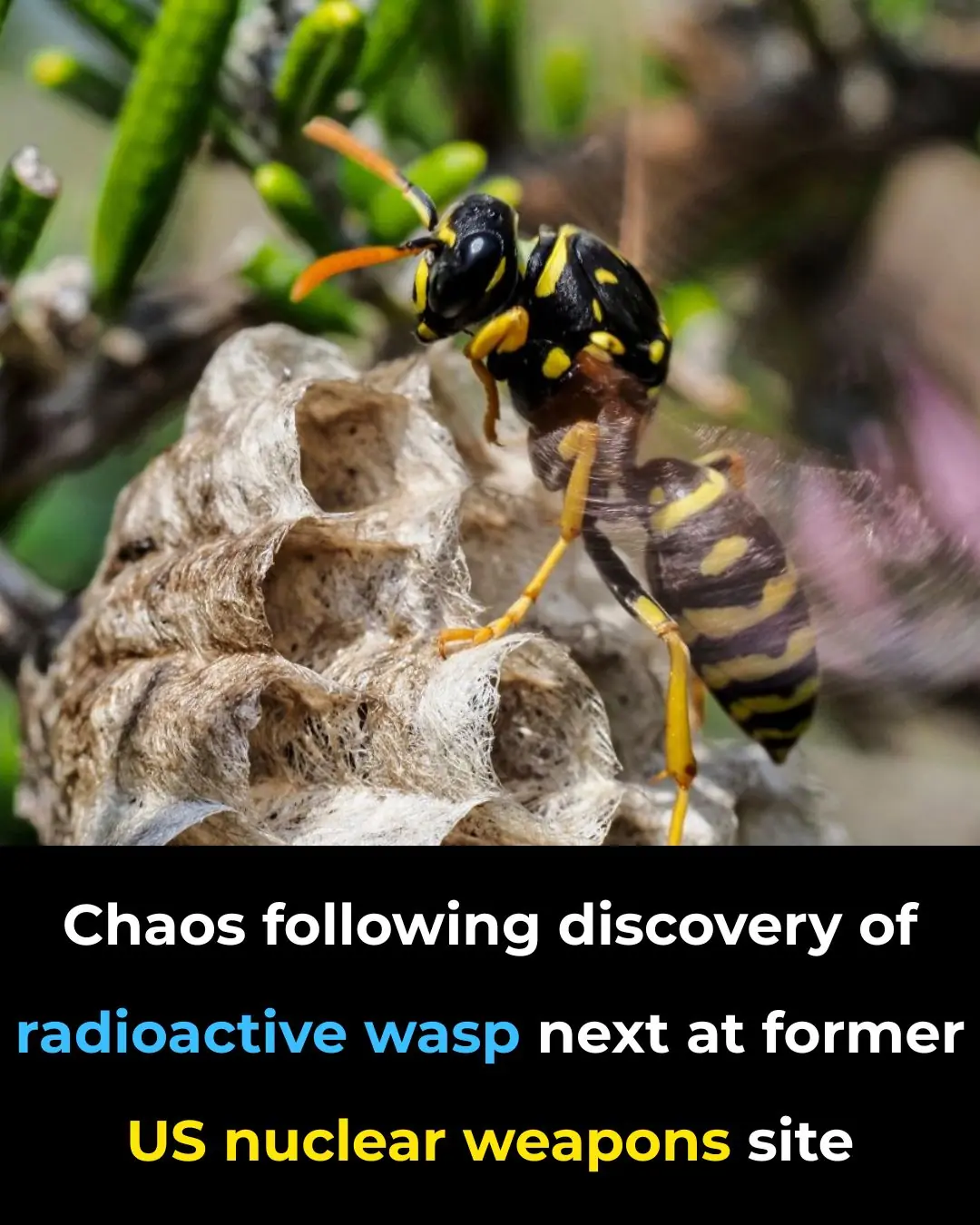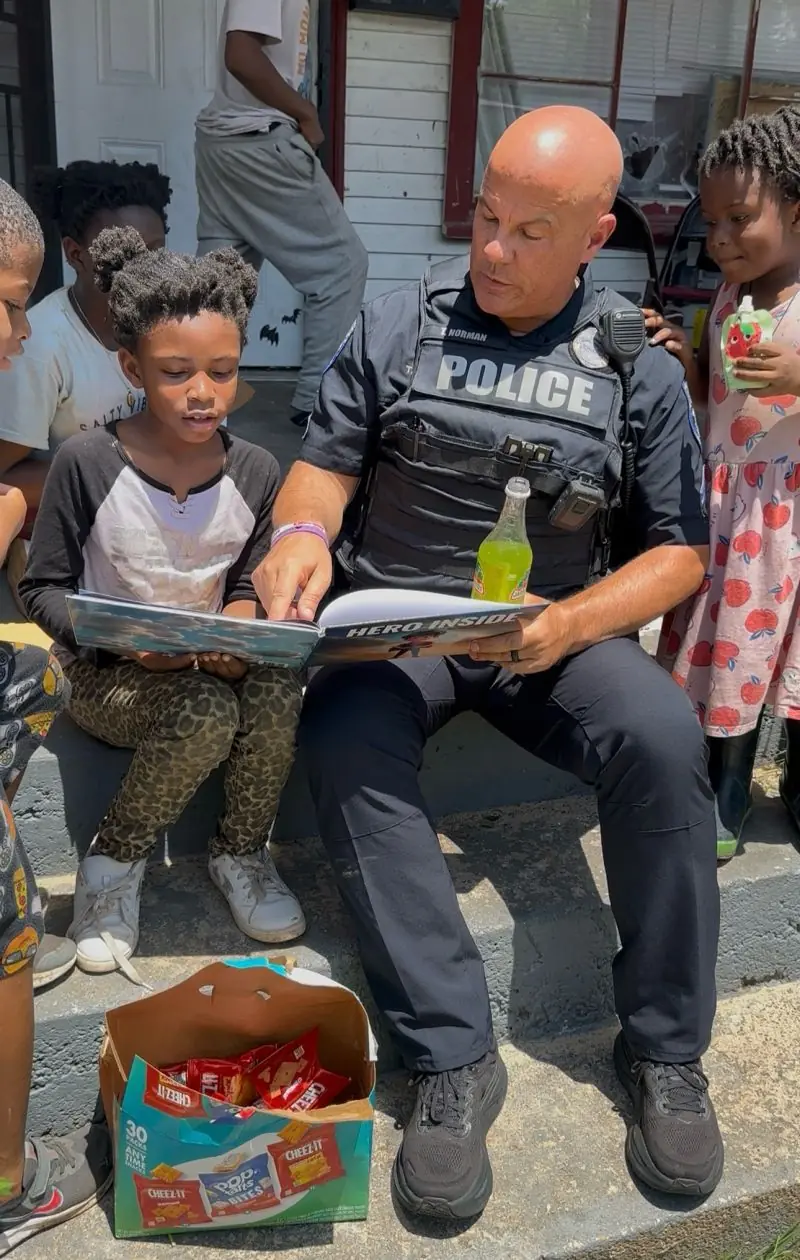
90-Year-Old Woman Used a Grenade as a Pestle for Over 20 Years

The Pestle That Could Have Killed: How a 90-Year-Old Woman Used a Live Grenade for Over 20 Years Without Knowing It
What if the pestle you've used to grind spices for decades turned out to be a live grenade?
For one 90-year-old woman in rural China, this unimaginable scenario was a part of her daily routine—yet she had no idea. The object she used to crack walnuts, pound red peppers, and hammer nails wasn’t just a handy household tool. It was a fully functional Type 67 hand grenade, complete with an active fuse.
For more than two decades, this lethal weapon masqueraded as a benign piece of metal in Mrs. Qin’s kitchen. It wasn’t until the demolition of her aging home that someone with a trained eye recognized the truth—and a potential tragedy was narrowly avoided.
A Time Bomb in the Kitchen

Mrs. Qin’s unlikely brush with death began in the most ordinary of ways. More than 20 years ago, while working in her field in Huangbao County, she spotted what she described as a "metal lump" lying in the dirt. To her, it looked like a small hammer or pestle—something useful. So she took it home and began using it in the kitchen and around the house.
She never questioned it. In rural life, practicality often takes precedence over aesthetics or origin stories. People make do with what they find. Improvised tools are part of the culture, born of necessity and thrift.
For Mrs. Qin, the grenade became just another object in her home. She used it every day: pounding spices, cracking nuts, hammering loose nails. Over time, its wooden handle became worn smooth, and the metal head was chipped and pitted from years of use. But not once did it spark suspicion. It never clicked or smoked. It never exploded. It simply did its job—silently, reliably, and lethally dormant.
Hidden in Plain Sight: Why No One Noticed
The fact that the grenade functioned as a tool for so long without detonating is baffling. According to reports, the fuse was still exposed and intact. Yet despite the constant force she applied, striking it against hard surfaces daily, it never went off.
Why? Perhaps the grenade was defective. Maybe the safety mechanism remained just intact enough to prevent a disaster. Or maybe Mrs. Qin was simply lucky beyond belief. Regardless, the danger was real—and constant.
The absence of any dramatic malfunction likely reassured her. Humans are wired to trust patterns. If something behaves consistently, we come to accept it as safe—even if it isn’t. That’s how the extraordinary becomes mundane. And in Mrs. Qin’s home, a grenade became nothing more than a cooking tool.
The Turning Point: When a "Tool" Raised Alarms

In June, while her home was being demolished, one of the workers spotted something unusual about her trusted “hammer.” Its shape wasn’t quite right. The metal cap. The wooden handle. The profile. Something clicked—this wasn’t an ordinary household item. It looked exactly like a military-issue Type 67 grenade.
Alarmed, the worker alerted the authorities. Within hours, police officers from the Huangbao Town police station, along with a bomb disposal squad, arrived on the scene. They quickly cordoned off the area, inspected the object, and confirmed the terrifying truth: it was a live grenade. Rusty, worn, battered—but still fully capable of exploding.
The device was removed and later destroyed by specialists. According to officials, had the fuse been disturbed even slightly during demolition—or during Mrs. Qin’s decades of use—it could have triggered a deadly blast.
A Community Shaken, A Campaign Launched

What could have ended in tragedy instead became a teachable moment. Authorities not only disarmed and disposed of the grenade but also launched a public safety campaign across the village. Residents were invited to a community meeting where police officers explained how to identify potentially dangerous objects—especially relics of old wars or military exercises.
“If you see anything resembling a grenade, do not touch it. Do not use it. Call the police immediately,” they warned.
This outreach wasn’t just about Mrs. Qin’s close call. It reflected a broader concern: in regions where military activity once occurred, unexploded ordnance can remain hidden for decades, buried in fields or forgotten in sheds. The past doesn’t always stay buried, and vigilance can mean the difference between life and death.
Social Media Reacts: Humor Meets Horror
Once news of Mrs. Qin’s grenade-pestle story reached the internet, it went viral across Chinese social media platforms. The public response was a blend of shock, fascination, and dark humor.
Some users joked, “Even grenades respect grandmothers—they won’t explode on them.” Others shared memes depicting the grenade begging for retirement or suggesting Mrs. Qin’s pepper-pounding had scared the explosive into submission.
Yet beneath the jokes was real awe. Many called her “blessed,” “miraculous,” or “unknowingly protected by fate.” Some questioned whether the grenade was real at all—but those doubts were laid to rest after police confirmed the live fuse and ordered the grenade’s destruction.
The general consensus? This was no dummy device. This was a miracle.
Lessons from the Edge of Disaster

Mrs. Qin’s story is more than a viral curiosity. It holds valuable insights into how ordinary lives can brush up against extraordinary risks—and never realize it.
1. Improvisation Has Limits
In places where resources are scarce, people make do with what they have. But not everything can be safely repurposed. Found objects, especially those that resemble weapons or industrial components, should be approached with caution.
2. Routine Can Obscure Risk

The more familiar something becomes, the less threatening it feels. This is why so many hazards—faulty wiring, cracked walls, unstable structures—go ignored until it’s too late. Danger doesn’t always announce itself with noise and drama. Sometimes, it looks like a pestle.
3. Awareness Saves Lives
It was a demolition worker’s knowledge and vigilance that saved Mrs. Qin’s life. Without their intervention, the grenade could still be in use—or worse, could have detonated during demolition. Community education and quick reporting aren’t just bureaucratic recommendations; they are life-saving acts.
4. Miracles Don’t Eliminate Responsibility
Yes, Mrs. Qin was lucky. But her survival should not obscure the need for caution. Luck is no substitute for awareness. Her story should inspire not just wonder, but action—especially in communities near former conflict zones.
5. Everyday Courage Comes in Many Forms
Though she never knew it, Mrs. Qin lived side by side with death for more than 20 years. Her resilience wasn’t heroic in the Hollywood sense—but it was real. Quiet strength, the kind that gets up every morning to cook, clean, and carry on, can be just as powerful as bravery in battle.
Final Thoughts: When Familiarity Hides Danger
Mrs. Qin’s experience is both unbelievable and deeply relatable. It’s a reminder that not all threats look like threats. Some slip into our daily lives disguised as tools, habits, or routines—and we may never know until it’s too late.
But it’s also a story of resilience, luck, and community vigilance. A near-miss that became a moment of learning. A life lived in quiet defiance of danger.
Her story deserves to be remembered not just for its shock value, but for the truths it reveals: danger is often silent, resilience is often unnoticed, and awareness is our best protection.
In the end, the pestle was a grenade—but it could have been so much worse.
News in the same category


Dealing with 10 Common Bathroom Pests

Chaos following discovery of radioactive wasp nest at former US nuclear weapons site

Ancient Inscriptions Inside Great Pyramid Rewrite History Of Its Builders

Nurse at palliative care reveals the top 5 regrets of people right before they di3d

The Hidden Meaning Behind Leg-crossing — It’s More Than Just Comfort

Off The RecordIf You Ever Notice Your Door Handle With A Rubber Band On It DO NOT Touch It

Jake, a Single Dad, Discovers a Heartwarming Breakfast Surprise

A New Kind of Human Has Officially Been Discovered

Scientists Finally Reveal the Chilling Truth Behind Blood Falls In Antarctica
Deep beneath Antarctica's frozen surface lies a crimson waterfall so eerie and surreal, it appears the glacier itself is bleeding. Known as Blood Falls, this chilling natural wonder holds secrets that could reshape our understanding of life on Earth—and

What Is Gyan Mudra? Benefits, Meaning, and How to Practice It Daily
This habit is a powerful hand gesture used in yoga and meditation to boost focus and inner peace. Discover its meaning, benefits, and how to practice it daily for a calmer, clearer mind.

New Brain Protein Discovery Could Reverse Memory Loss Without Touching Alzheimer's Plaques
The study’s central revelation - that memory can be restored without clearing plaques - challenges the very foundation of Alzheimer’s research over the past 30 years.

Woman With Rare 'Superpower' Sniffed Out Husband's Disease 12 Years Before Diagnosis — Now She's Helping Create a Breakthrough Test
A woman with a rare “superpower” — the extraordinary ability to smell her husband’s disease more than 12 years before it was medically diagnosed — is now working with scientists to develop groundbreaking new methods for early detection of the co

Born On These Dates? Experts Say You May Have Extraordinary Natural Talents
If you were born on one of these dates, you just might be part of an elite circle of natural-born visionaries.

10 Cancer Warning Signs Women Often Overlook

11 Heartbreaking Signs Your Dog Is Nearing the End—And How To Give Them The Love They Deserve

Why McDonald’s Removed The Clown From The Company Image

9 Chilling Stories of Third Man Syndrome: When an Unseen Presence Aided Survival in Disasters

Experts Are Drawing Attention To A Disturbing Noise That People Produce Just Before They Die
News Post

British Mom Who 'Died' For 17 Minutes After Workout Shares What She Witnessed

Dealing with 10 Common Bathroom Pests

How to Improve Blood Circulation Naturally (Research Based)

5 Deficiencies Almost Everyone Has (And Doesn’t Know About)

Scientifically Proven Health Benefits of Cayenne Pepper

Free download offered to PlayStation gamers as way to 'make amends'

Chaos following discovery of radioactive wasp nest at former US nuclear weapons site

Beyond the Badge: One Officer’s Journey to Becoming More Than a Uniform.

7 Thing That Happen To Your Body When You Stop Having Intimacy Moments
Taking a break from intimacy doesn’t mean something is wrong. In fact, it can be a time for growth, healing, and self-discovery.

From Suspension to a Second Chance: How One Principal Changed a Life Forever.

The Hawk on the Porch: A Quiet Cry for Help.

I Filed for Divorce After Catching My Husband Cheating – Our Son's Words in Court Left Everyone Speechless

My Selfish Sister Stayed by Mom's Side When She Fell Ill, but Everything Changed after the Doctor Shared Mom's Last Words – Story of the Day

My SIL Gave Me Her Old Armoire and Made Me Pay for Moving It – Then She Came with an Outrageous Demand

The Meteor That Changed Two Lives: A Story of Unlikely Family

P@rasite Found In Br@in Of 10-Year-Old Girl After Eating Undercooked Meat Leaves Experts Horrified

Ancient Inscriptions Inside Great Pyramid Rewrite History Of Its Builders

5 Common Foods That Turn Toxic If Left Overnight

Nurse at palliative care reveals the top 5 regrets of people right before they di3d
